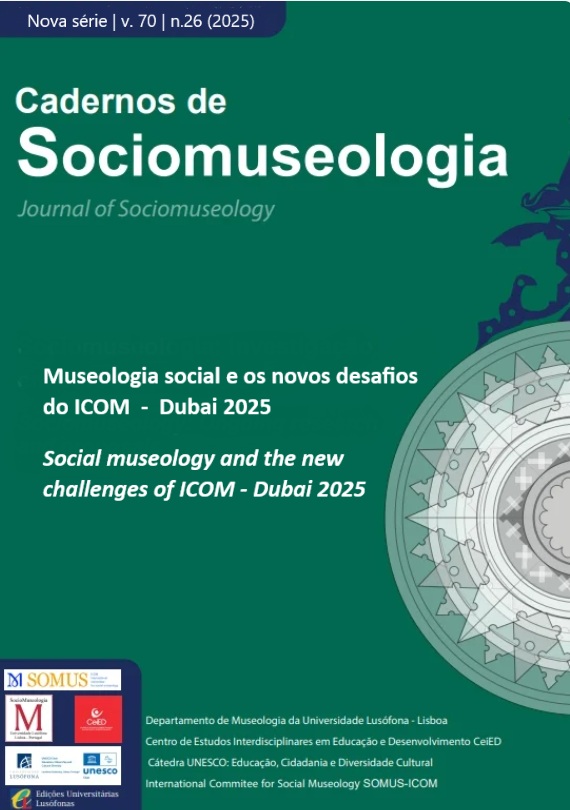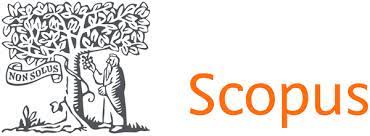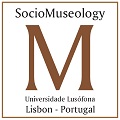The Tucume Ecomuseum and the Dance of the Devils. A case of successful heritage managment.
Abstract
The Túcume Ecomuseum in Peru is the result of 35 years of heritage management experience within a community neighboring the archaeological monument known as the "Tucume Pyramids," an elite urban center dating back to the development of the Lambayeque culture between the 10th and 15th centuries. It witnessed the conquest of the Chimú armies in the mid-14th century, the Inca in the late 15th century, and the Castilian presence beginning in the 16th century. As a result of the European conquest and the establishment of the viceroyalty, Christianity was incorporated, which today is one of the most important components of the local culture. In this context of evangelization, the Dance of the Devils, a remnant of the ancient sacramental plays, was eventually incorporated. These plays sought to interpret or disseminate the most transcendent aspects of Christianity through allegory, painting, music, dance, and theater. The communities in this territory, at the same time, are custodians of an ancient culture, which is still expressed in diverse ways today in their most conspicuous traditions, thanks to their deep roots in the pre-Hispanic past. The purpose of this article is to briefly present the most notable aspects of the heritage management process related to the Túcume Dance of the Devils and its notable impact on the other components of the Túcume Ecomuseum. The consequences of this process reveal results that can contribute to the debate on heritage management concepts from the perspective of new museology or social museology.Keywords: Ecomuseum, social museology, heritage management, sustainability.
Downloads
Authors retain copyright and grant the journal right of first publication with the work simultaneously licensed under aCreative Commons Attribution License that allows others to share the work with an acknowledgement of the work's authorship and initial publication in this journal.













